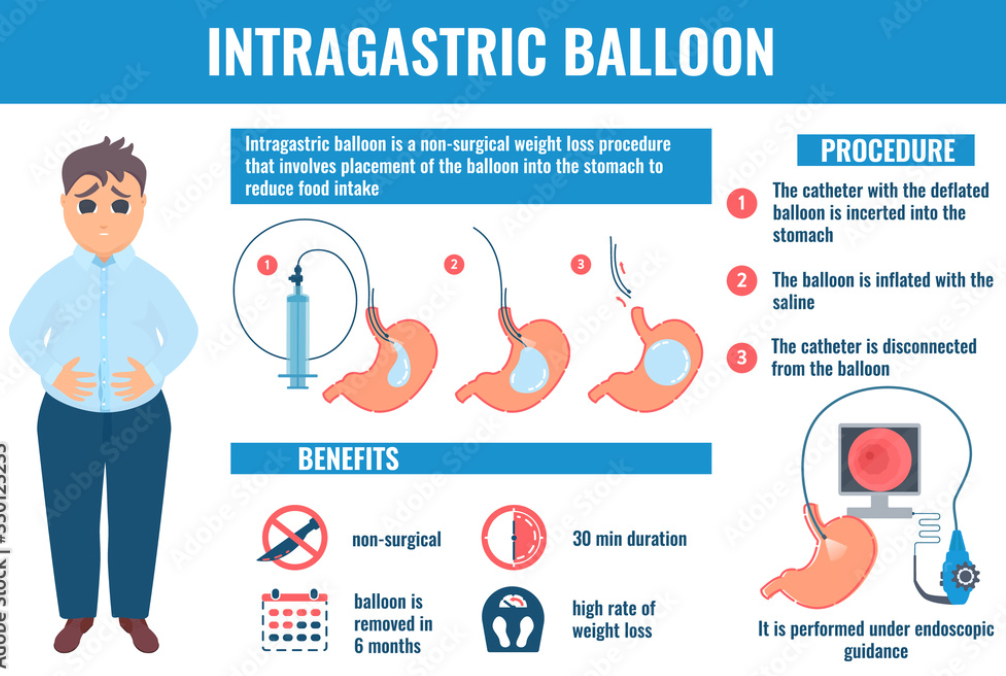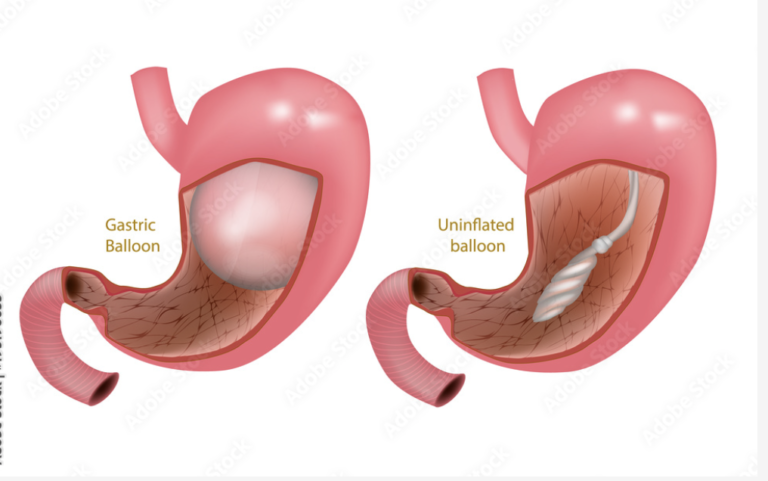The Elipse balloon is a non-surgical weight loss solution that comes in a vegan capsule, which is swallowed in the clinic. Once in the stomach, the balloon is filled with up to 550ml of liquid. After confirming its position with an X-ray, the catheter is removed, and the patient can go home. After about 4 months, the balloon deflates and naturally passes through the digestive system.
This option is suitable for individuals aged 18-65 with a BMI over 24, who have struggled with previous weight loss methods and can follow the Elipse program. A study of 1770 patients showed the balloon’s safety and effectiveness, with a mean weight loss of 14.2% and a 4.9-point BMI reduction after 4 months. Most patients maintained 72% of their weight loss 12 months after the balloon was excreted.



